Robin Leech : “As we delve into the now pine scented fresh environs of the room formerly know as the Case Blue/GBII slave mine we see the strange phenom of the solo wargamer. His desire to pursue the ephemeral is only superseded by his inability to find players to play with. It is a lonely life of the solitaire war game person. Lets watch him in action!”
Indeed.
Well lets not dally, I’ve decide to try the Coral Sea Campaign Commander titles as my next title in the Chronological walk of WWII.
This battle report may include lots of errors. There is a VASSAL based learning module coming from BGG user Judd (AirJudden) who has a reputation as an informed Grognard and Tutorial creator. So check out his work if you want to know how to play ‘correctly’. I’m using his rules summary and re write as a guiding light!
This is somewhat complex military situation to represent, with air, naval and logistics issues tied to land warfare on islands in the Pacific.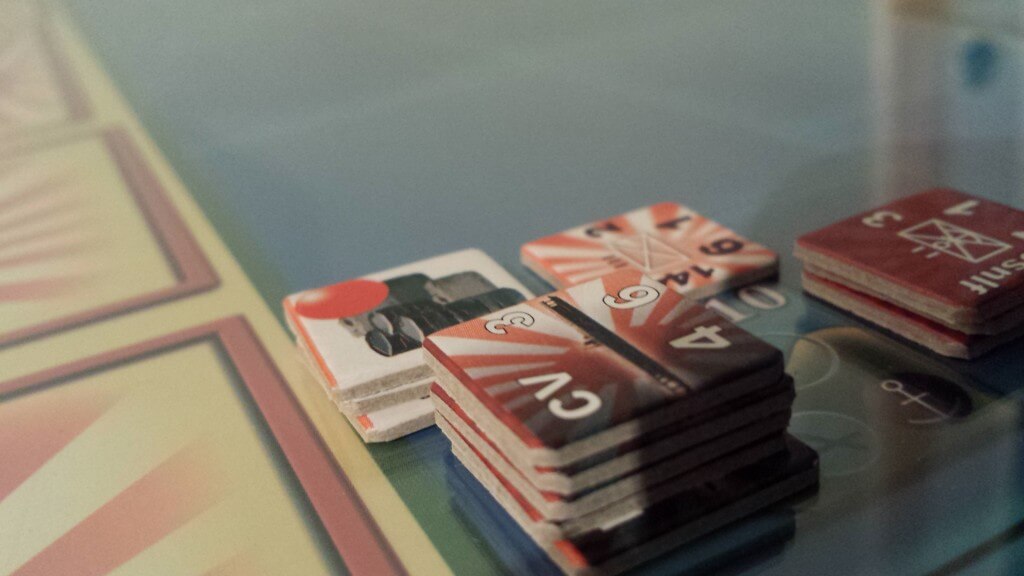
The game itself relies on a series system that spans centuries. I am curious as to how this will all pull together. 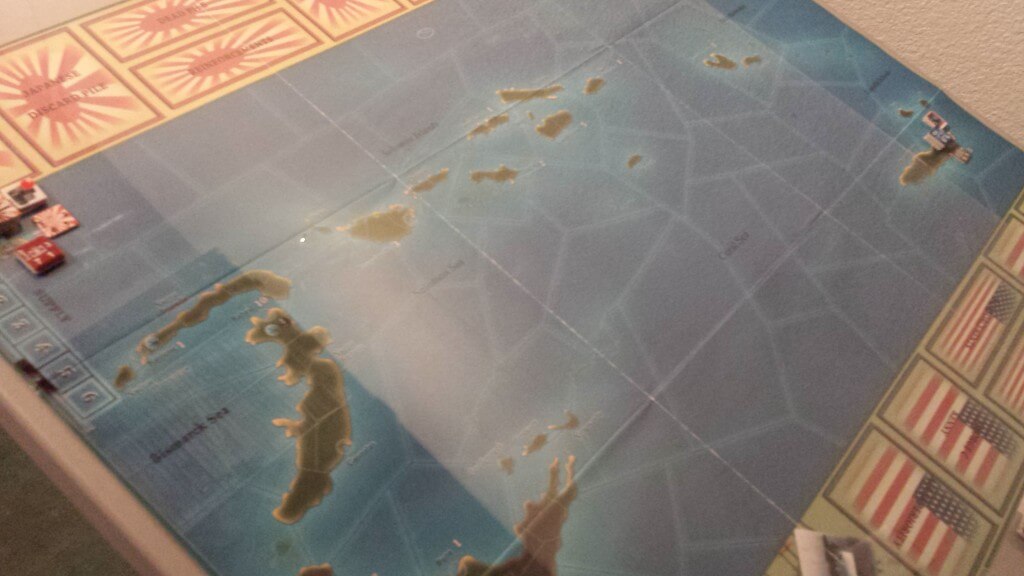
This is a CDG and an area based game. The game uses a system of rock paper scissors to work out what can and can’t be done and in what order. You may execute an operation on the map or play a card in essence a strategy card from a hand of 5. In this particular game whenever you both choose the same ‘rock,paper scissors’ you roll for initiative, but the Japanese always get it.
You win by acquiring VP’s for various Islands. 5VP for Guadalcanal middle top right above, Port Morseby bottom left etc.
VP’s are also accrued for unit destruction.
Some history links:
Back in Oz we called it the Battle for Australia:
Robert Lewis writes:
The Battle of the Coral Sea was a series of naval engagements off the north-east coast of Australia between 4 and 8 May 1942. It was fought by Allied (United States and Australian) and Japanese aircraft against four different major groups of warships.
Some of the aircraft involved were land-based, but most were from the opposing aircraft carriers.
It was the first aircraft carrier battle ever fought, and the first naval battle in which the opposing forces of surface ships at no stage sighted or fired at each other. All attacks were carried out by aeroplanes.It is also the largest naval battle that has ever been fought off Australia’s shores.
The battle was significant for two main reasons:
-
it was the first time in World War 2 that the Japanese experienced failure in a major operation; and
-
the battle stopped the Japanese sea-borne invasion of Port Moresby.
For many people this was the ‘battle that saved Australia’. This is an exaggerated claim, but there is some validity to it. The battle certainly seemed more significant at the time than modern history books rate it.
http://www.anzacday.org.au/history/ww2/bfa/coralsea.html
History.coms take:
http://www.history.com/topics/world-war-ii/battle-of-coral-sea
So without further ado lets get the game rolling.
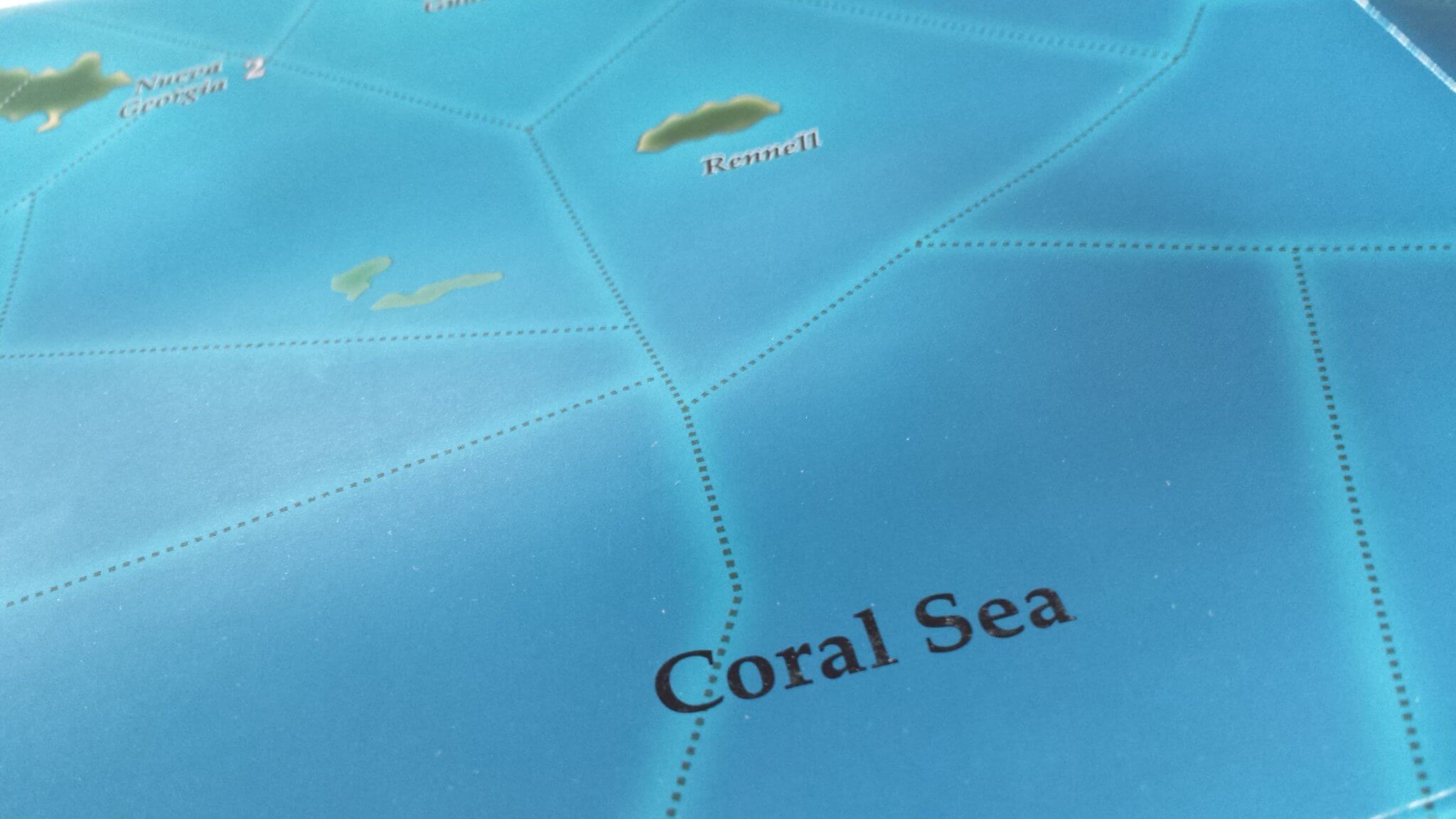
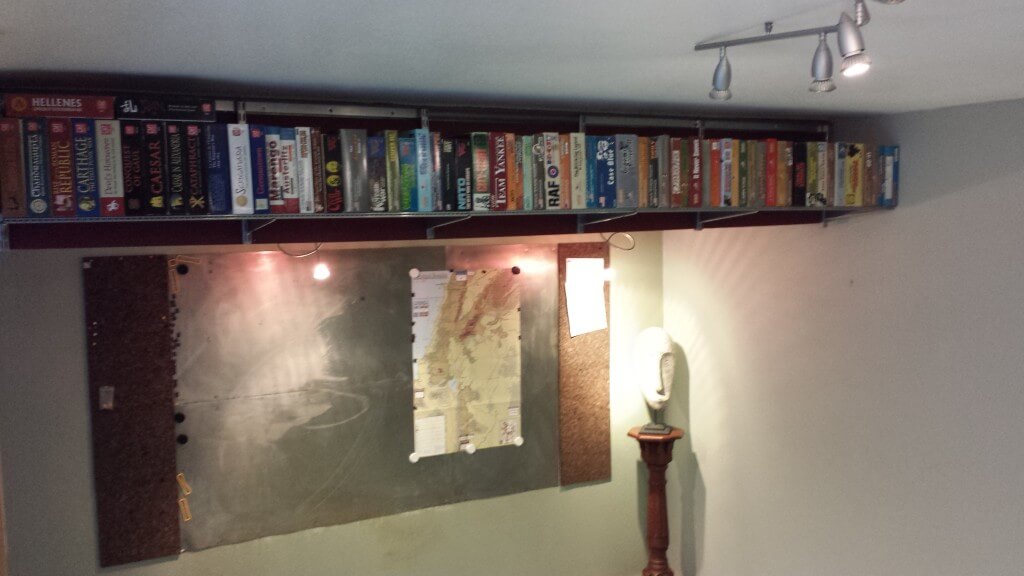
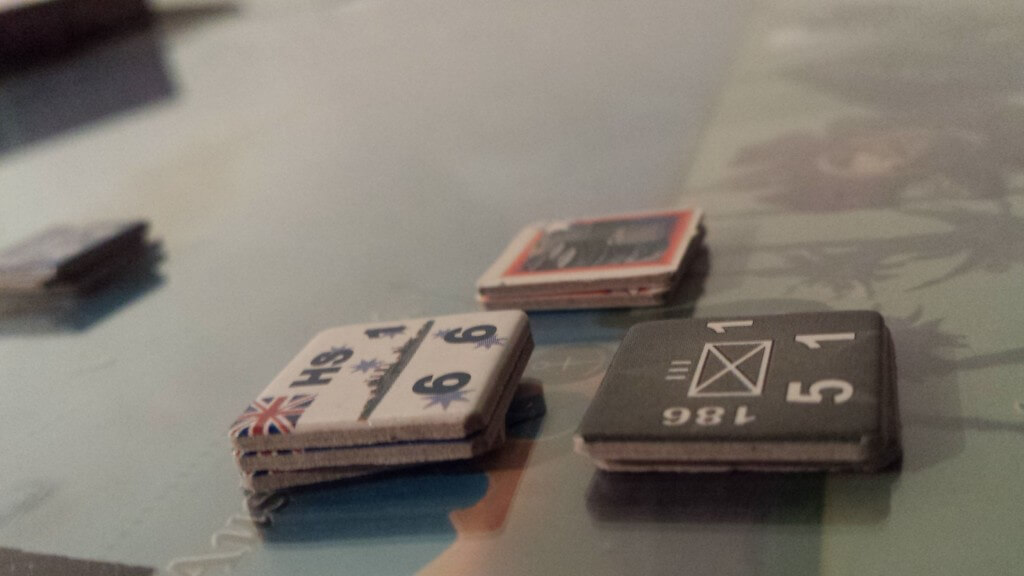
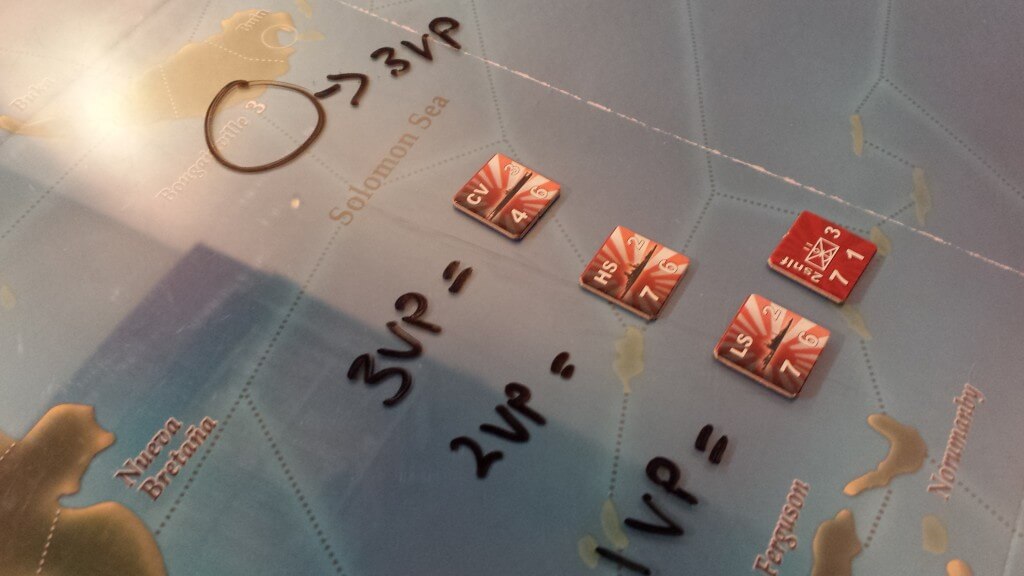
It probably didn’t save Australia from invasion, as the IJN army was very much against that, but a big win there might have led to destructive raids by the Japanese for some time, and scuttled the absurd Midway operation in favor of a Southern Pacific strategy.
Interesting. Historic perception eh! Did you play this title?
No, I’ve never played the game. I have just recently read a couple of books about the period in the last month or so..one on the ABDA command debacle and one on the US South Pacific operations up to Midway. I’ve been interested in this area of WWII lately because it gets little press what with the overshadowing Midway victory and then the long offensive.
Its interesting how much mystique we put into the carrier battle idea, while basically just meaning Midway. There are only a handful of battles total – by the time of Leyte the Japanese Carriers are bait rather than attackers. After a few exchanges of attacks usually a carrier on each side is sunk, one damaged, and both sides are out of planes. The real impact of the carriers was the air support to invasions and the raids they pulled off on vulnerable spots.